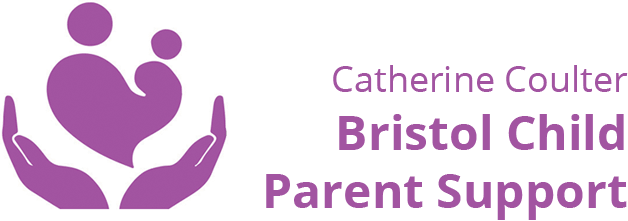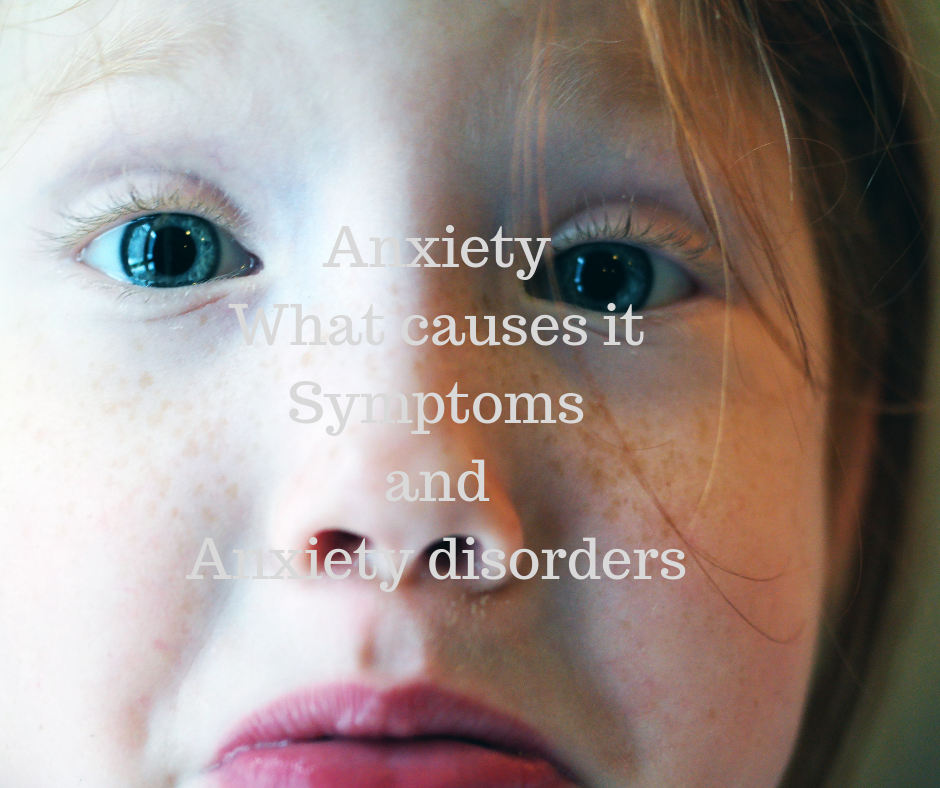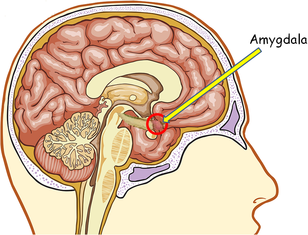Anxiety
Anxiety is one of the most common difficulties in childhood, and can be devastating for families. Fear can rule not only your child’s life, but also yours. Seeking support early will help you and your child in the longer term.
I offer parent support, family work, sensitive individual therapy, and workshops for children and parents. To help you now, here are the signs, symptoms, and common disorders of anxiety.
What causes Anxiety?
We do not know what causes anxiety. However, there are several agreed causes:
Family Factors
Just as your child can inherit your brown hair, green eyes, and nearsightedness, a child can also inherit that parent’s anxiety. It is not your fault, but sometimes they may learn concerns from family members who are noticeably stressed or anxious around your child. For example, a child whose parent is a perfectionist may become a perfectionist. Parents can also contribute to their child’s anxiety without realising it.
Your Child’s Amygdala
Some children are born with a sensitive amygdala, which is the part of the brain that controls the threat response.
Your Child’s Temperament
Several theories show that if your child has a sensitive temperament, they are more likely to suffer from anxiety and depression, although this is not always the case.
Traumatic/stressful Childhood Experiences
Some children who suffer from traumatic childhood experiences, such as divorce, abuse, the death of a parent/family member, bullying, sibling birth, child hospitalised or may be diagnosed with a physical problem, such as an allergy or epilepsy.
Anxiety Symptoms, You may notice your child suffering from physical symptoms, such as:
- Lots of tummy aches
- Feeling sick
- Headaches
- Feeling dizzy
- Dry mouth
- Wanting to go to the toilet a lot
- Soiling/Bedwetting
- Not being hungry or wanting to eat too much
You may notice that your child suffers from many negative thoughts and “big feelings”, such as
- Worrying about family’s health and preoccupied with death
- Thinking that something will go wrong
- Feeling shy and embarrassed
- Up and down emotions such as meltdowns one minute and then feeling scared the next
You may notice certain behaviours such as:
Behavioural Symptoms of Anxiety
- Marked avoidance of certain situations they used to do ( people, school, places, and animals) may start impacting their daily lives.
- In younger children, you may notice extreme aggression or meltdowns directed or distress and extreme crying before a situation.
- Not wanting to go to bed or sleep alone. Nighttime fears, waking in the night, and lots of nightmares.
- Safety behaviours children develop routines that they need to do to feel safe and keep their anxiety at bay. Other safety behaviours seek constant reassurance from you. Please note that safety behaviours offer temporary relief and sometimes maintain anxiety.
- Find it hard to separate from you and want to cling to you.
- Some children do not speak in certain situations, “selective mutism.”
- Some children develop fears around illness; they think they are ill but are anxious.
Note: Prolonged Anxiety can lead to low mood and depression.
What types of anxiety are there?
Generalised Anxiety (GAD)
Children with GAD have intense worries, resulting in distress, low mood, difficulty in schoolwork, or changes in social or recreational activities. If these signs last more than six months or interfere with their daily and family life, get professional help, contact me for a consultation.
Separation Anxiety
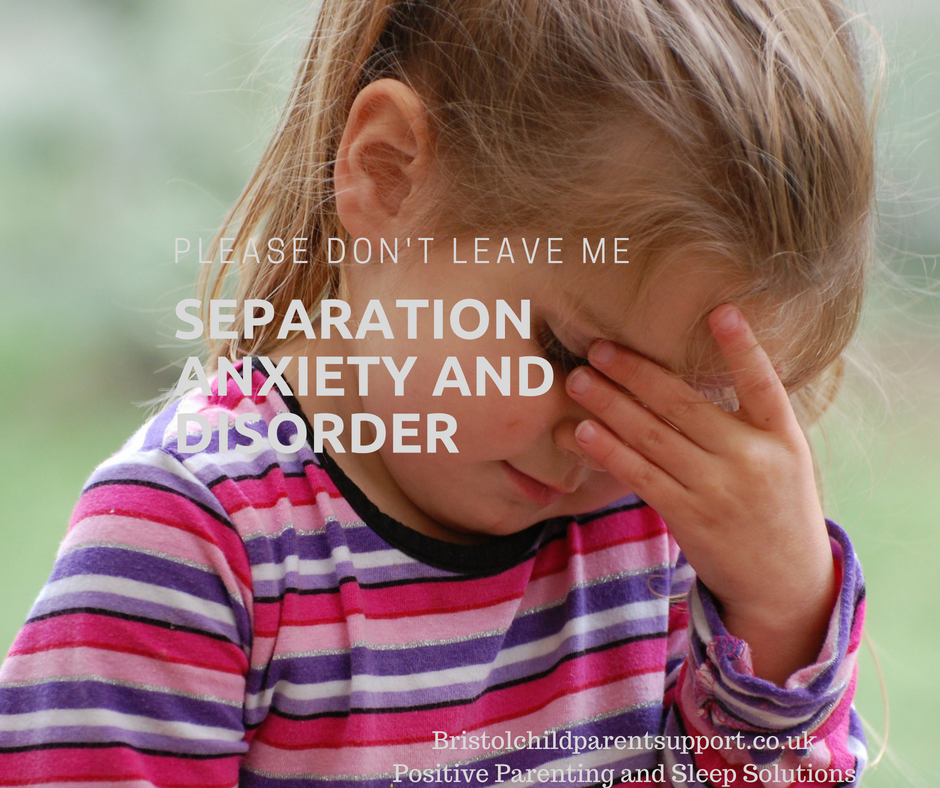 Separation anxiety is a normal developmental stage. During these ages, it is normal to have fears of separating from your parents or carers. Children depend on their carers, so it’s natural that they will feel vulnerable when they are apart. Most children outgrow it, but some children don’t improve and they don’t grow out of it. These children may have difficulty saying goodbye, have tummy aches or headaches, and may cling to their parents. If the distress prevents them from participating in age-appropriate activities and learning opportunities, like joining sports teams or attending school, seek help and support. Contact me for a consultation.
Separation anxiety is a normal developmental stage. During these ages, it is normal to have fears of separating from your parents or carers. Children depend on their carers, so it’s natural that they will feel vulnerable when they are apart. Most children outgrow it, but some children don’t improve and they don’t grow out of it. These children may have difficulty saying goodbye, have tummy aches or headaches, and may cling to their parents. If the distress prevents them from participating in age-appropriate activities and learning opportunities, like joining sports teams or attending school, seek help and support. Contact me for a consultation.
Obsessive-Compulsive Disorder (OCD)
OCD is a severe disorder where your child will have frequent thoughts (obsessions), often followed by urges and compulsions. For more information, go to my Blog.
Phobias and Fears
A phobia is a persistent, excessive and unreasonable fear of an object or situation. 5% of children and 16% of teenagers have an aversion in the UK. Phobias are different from usual fears, as they become more severe with age. Children and teenagers with phobias can feel huge shame about their fears, often because messages from others may be that they are being silly or overreacting.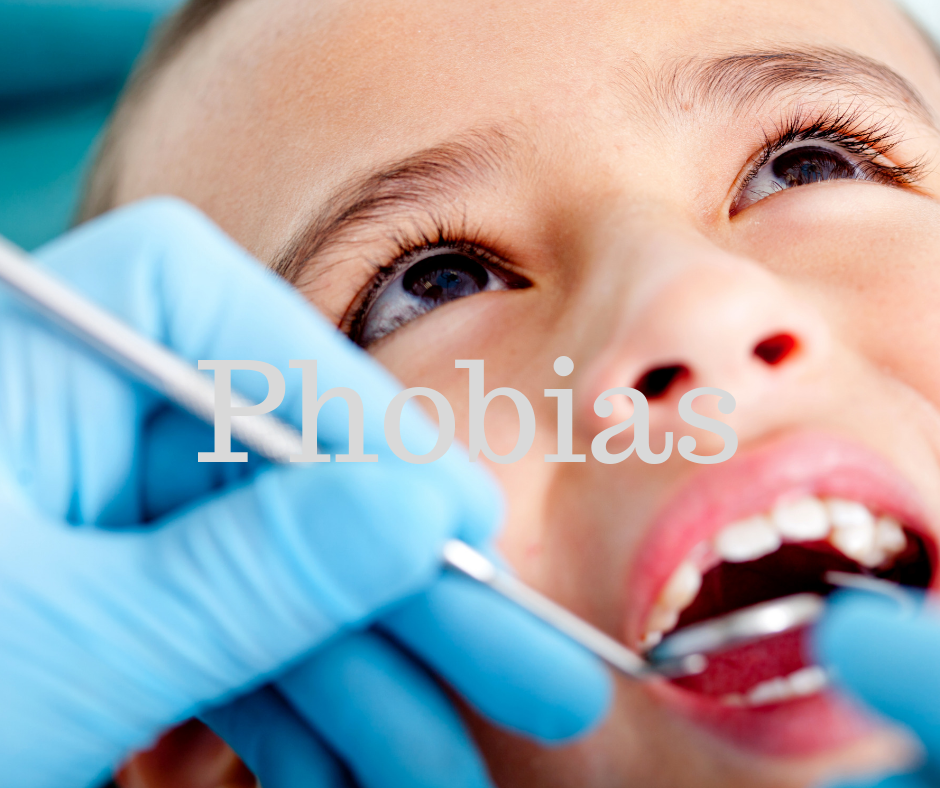
I’ve worked with common phobias, being sick (Emetophobia), dentists, bees, toilets and spiders, and more. It can be distressing for children and hugely debilitating for parents when you are out and feel you have to avoid certain situations. If you need help, contact me for a consultation.
Social Anxiety
We all might worry about what other people think of us and become anxious. Children with social anxiety avoid attending clubs, eating in front of others, and many other social events. This could mean they become socially withdrawn, and may even develop a school refusal. For more on social anxiety versus shyness, read more at my blog.
Panic Attacks
Recognising Normal Fears versus Anxiety Disorder
Fears and worries are a regular part of your child’s development. Most children can report several fears at any given age. If the fear is not interfering with their daily life (e.g., sleep, school performance, social activities), or your family’s life. You will likely not need to bring your child to a health professional.
Anxiety disorders occur when:
- The intensity of the fear or worry is so high it starts to impact your child’s functioning and well-being.
- It impacts family life.
- The anxiety and level of worry are out of context with their developmental stage and age.

The positive thing is that they can be treated. You can learn techniques to understand the stress response and ways of managing them. It often involves cognitive behavioural strategies and sometimes family work. If you need support and empowerment, contact me for a consultation and attend the My Stop the Worry Cycle Workshop. It’s my way of helping your child and preventing mental health disorders.
